#churn
Chapters and interviews tagged with ‘#churn’
Related Book Chapters & Interviews
 Interview № 24 of 24
Brennan Dunn
Interview № 24 of 24
Brennan Dunn
Brennan is a co-founder of Right Message. In this episode, we talk about the path he’s taken that led him to create Right Message and what he’s learned about building and launching SaaS applications based on his experiences with his various products.
 Interview № 21 of 24
Steve McLeod
Interview № 21 of 24
Steve McLeod
Steve McLeod is the founder of Feature Upvote, a SaaS tool to enable your customers to suggest and upvote improvements. In this episode, we talk about and compare his experiences running both a B2C app and B2B app and the value of having a part-time system administrator on retainer.
Every business is unique, and every buyer is just as unique. However, there are some fundamental things that matter to buyers. Understanding them long before you sell can help you build a better business.
Paying customers who explicitly cancel can be among your most important sources of insight. You can’t prevent every cancellation, but you can do your best to get to the bottom of why people leave.
In the early days, you’re too small for churn to be a meaningful statistic, but after those first 100 accounts, mitigating churn can help you grow much faster. So how do you know if you should focus on getting new signups or decreasing churn?
How can you minimize the number of failed payments, and how should you handle them when they happen?
At some point, growth will stall or even decline sharply. These moments can be incredibly scary or depressing, but they’re always temporary–if you want them to be. You just have to look at it as a problem to be solved. What have you not tried that could be the next thing to help you break through?
Pricing is one of the most interesting dials you can adjust with software, and more often than not, you’ll want to adjust your pricing upward.
Valuing a SaaS business is fairly straightforward, but there are some ways you can work to improve your valuation.
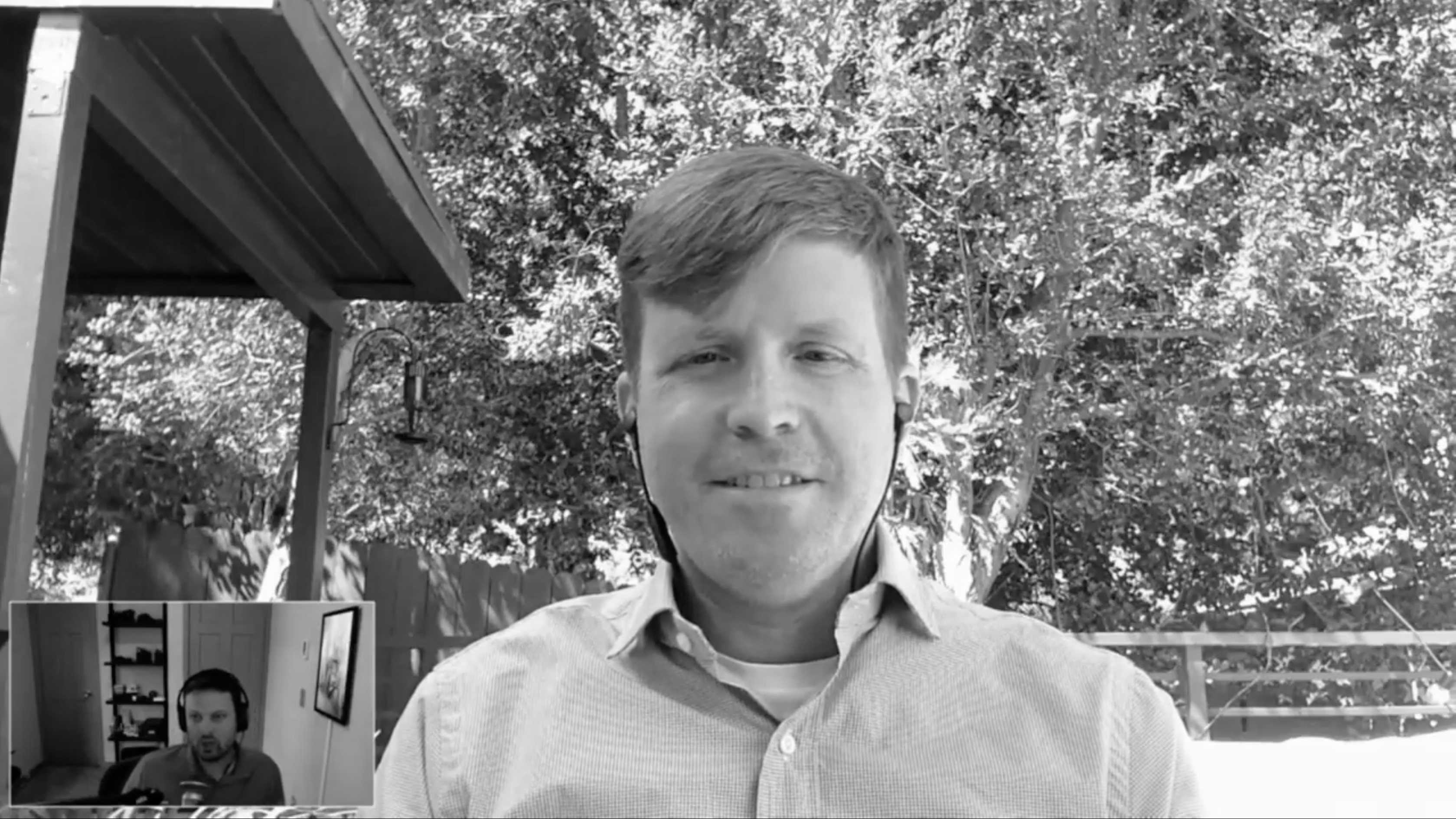 Interview № 19 of 24
Scott Nixon
Interview № 19 of 24
Scott Nixon
Scott Nixon is the co-founder of Meal Mentor, a subscription-based vegeterian meal planning service. Scott handles the technology side of the business and works to keep the operational side of things humming with software.
 Interview № 18 of 24
Matt Goldman
Interview № 18 of 24
Matt Goldman
Matt and I talk about running a SaaS business after acquiring it, the mistakes they made early after taking over Churn Buster, and the common ways that SaaS businesses get dunning wrong and how they can do better. We also talk about the value of iteratively improving automation for tasks and how important it is to clearly document and explain manual process.
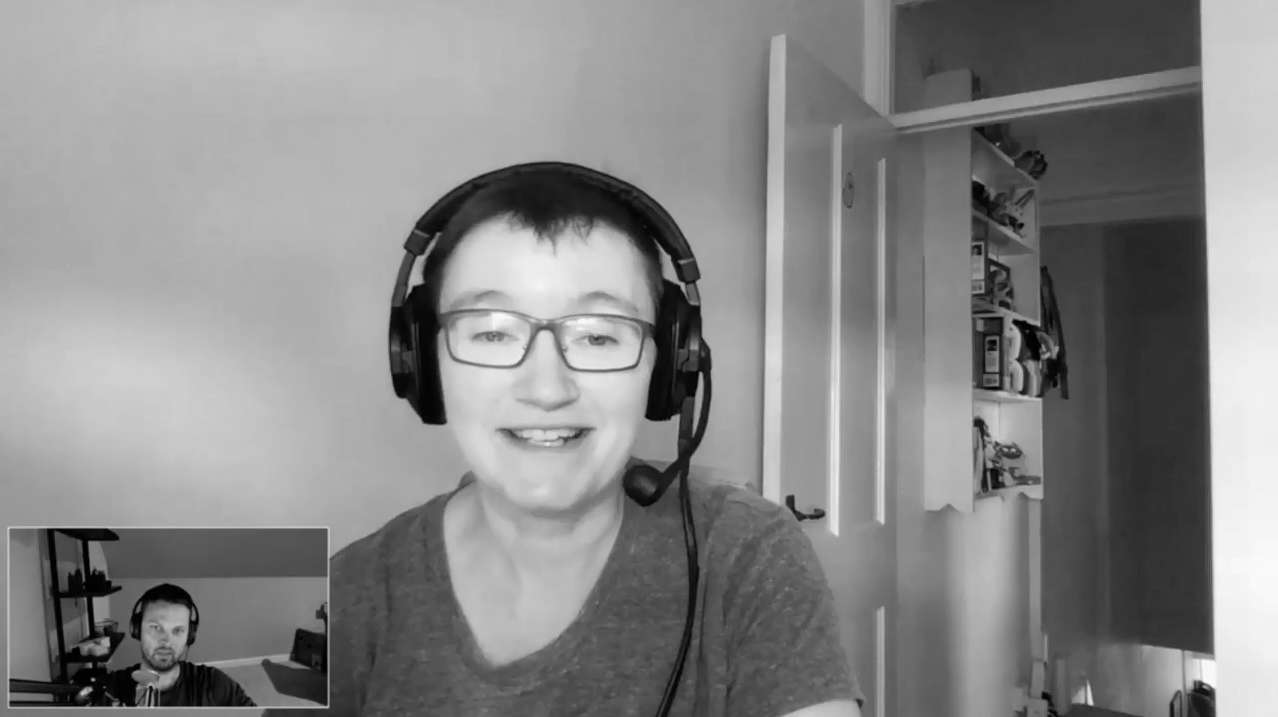 Interview № 17 of 24
Rachel Andrew
Interview № 17 of 24
Rachel Andrew
Rachel and I talk about what it’s like supporting self-hosted software, juggling a busy travel schedule to make time for work. She’s been working on Perch with her husband Drew for eight years, and they’re still going strong.
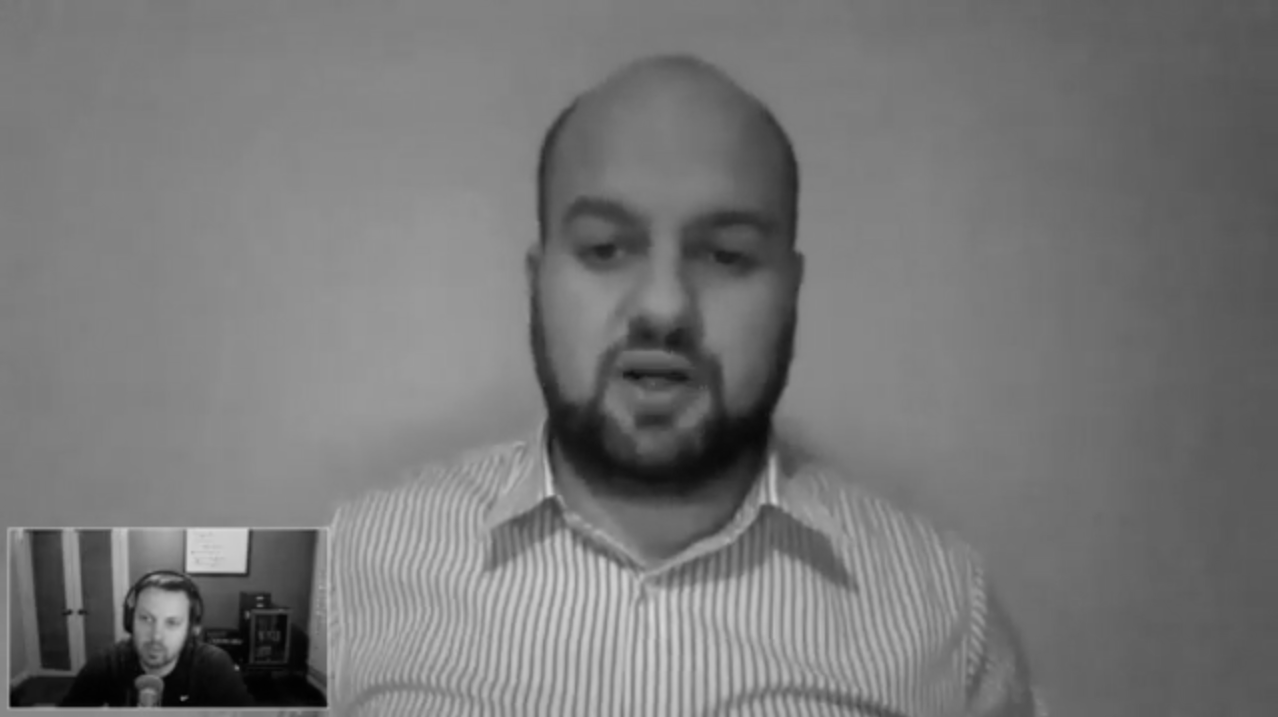 Interview № 14 of 24
Thomas Smale
Interview № 14 of 24
Thomas Smale
Recently I sat down this Thomas Smale of FE International. Thomas and FE International helped me sell Sifter and made the whole process seem easy. After selling so many online businesses, FE International has the process down to a science, and they’ve been able to pick up on quite a few trends. So Thomas takes some time to share what they’ve seen and what matters when it comes to buying or selling an online business.
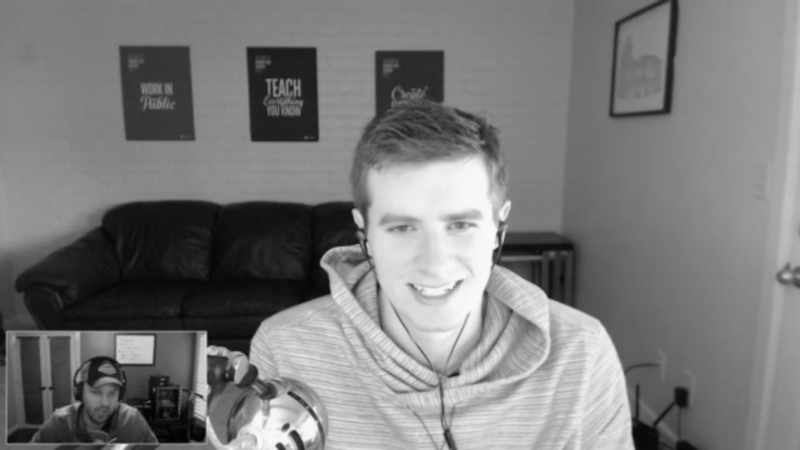 Interview № 13 of 24
Nathan Barry
Interview № 13 of 24
Nathan Barry
Nathan and I talk about the early days of ConvertKit, reaching a point where he had to make a decision to invest more significantly in it or walk away. He invested a significant portion of his income from other projects and really doubled down to make it work long before it was obvious things were going to take off. He talks about his sales process and how it simultaneously helped him better understand the needs of potential customers as well as build a relationship and find his first customers.
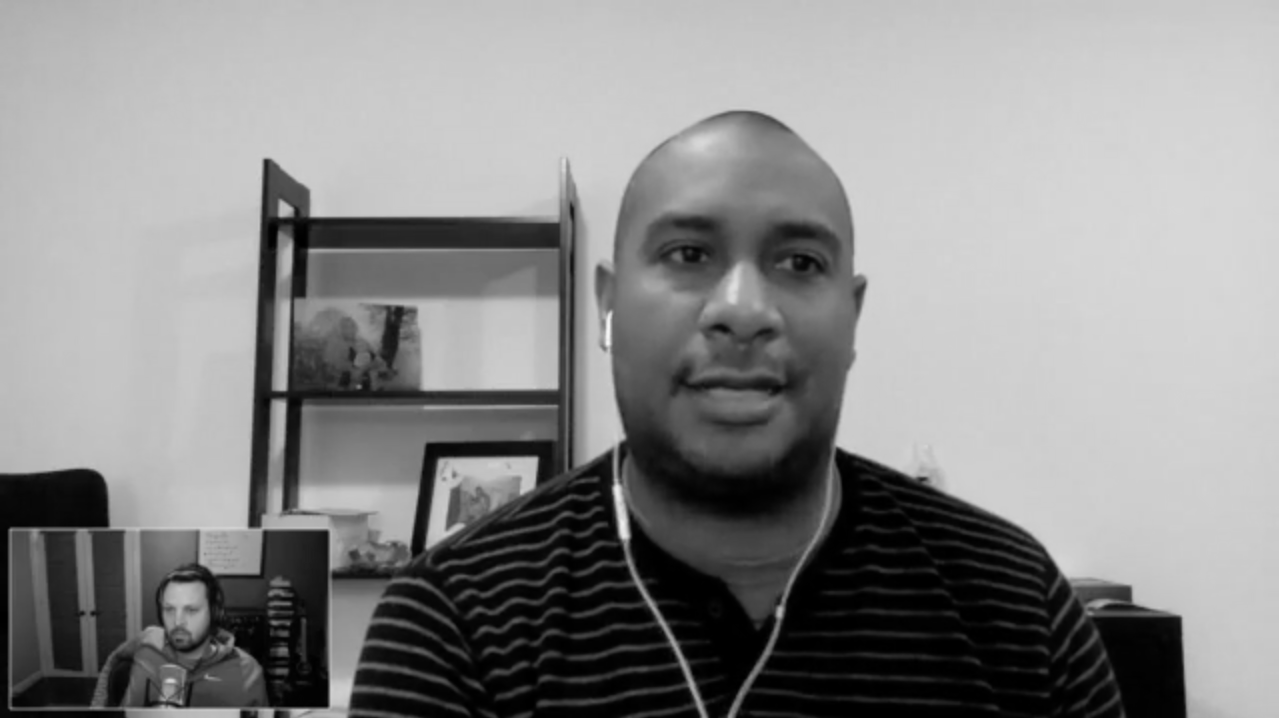 Interview № 11 of 24
Ruben Gamez
Interview № 11 of 24
Ruben Gamez
Ruben’s story with Bidsketch is a great example of how a simple small business can grow into something healthy sustainable on a reasonable timeline. He started out simply with very little in the way of expectations, and bootstrapped the business to profitability it on the side of a full-time job and now manages a remote team of four additional people. We talk about the challenges of growing and managing a remote team as an introvert, the process of recovering after he accidentally deleted all of the customer billing data, and much more.
 Interview № 8 of 24
Josh Pigford
Interview № 8 of 24
Josh Pigford
Josh and I discussed bootstrapping, accepting outside money, the drawbacks of hiring too fast and having to ask his team to take a pay cut. We also talk about how metrics simply aren’t important in the early days and how nothing beats spending time to talking to your customers in person.
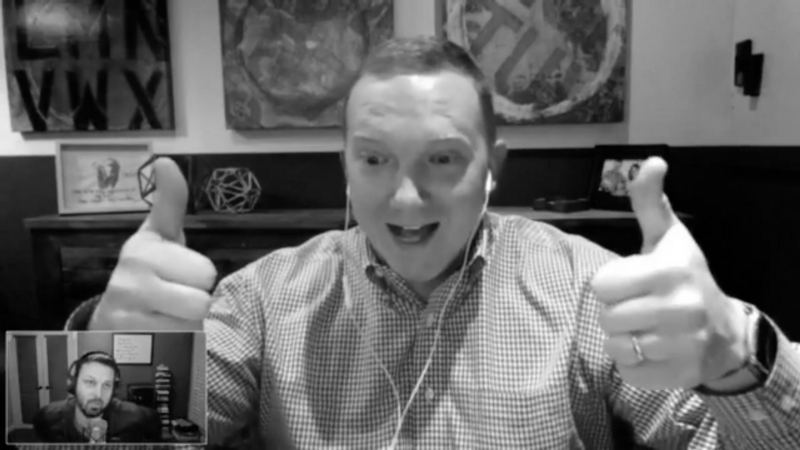 Interview № 6 of 24
JD Graffam
Interview № 6 of 24
JD Graffam
JD and I talk about buying and selling SaaS applications and share some details from the process of selling and transferring Sifter. JD shares what it’s like juggling multiple businesses and how he makes it work, and he dives into the attributes and insights he uses to decide whether a SaaS application is a good opportunity or not and how he does business a bit differently. This is an episode that’s near and dear because I feel like it shares some of the less-often seen aspects of transactions like selling businesses. I really hope you enjoy it.
 Be Fully-prepared to Launch Your Own SaaS Application
Be Fully-prepared to Launch Your Own SaaS Application
Get a free playbook, worksheet, and short email course to help you navigate the journey so you can be ready to build your own SaaS application.